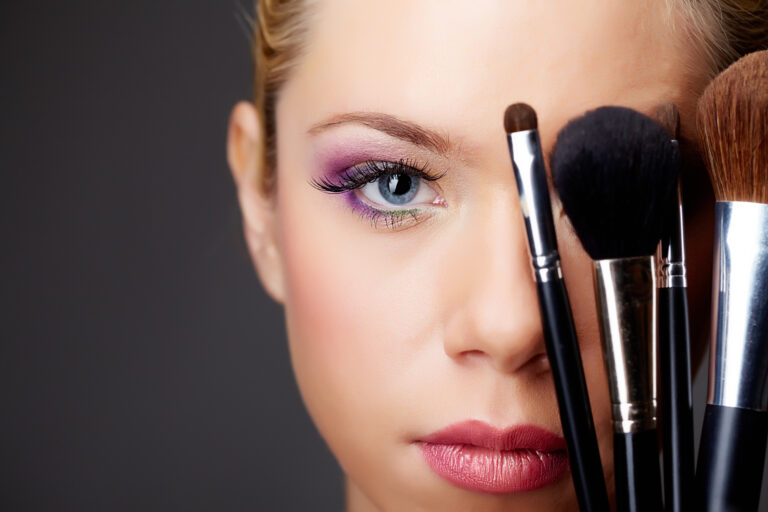The Science Behind LED Red Light Therapy and Its Benefits for Your Body
LED red light therapy is a revolutionary treatment that has been gaining popularity in recent years. It uses specific wavelengths of light to stimulate the body’s natural healing processes, promoting cellular regeneration and reducing inflammation. In this article, we will explore the science behind LED red light therapy, its benefits for your body, and how you can use it safely and effectively.
Introduction to LED Red Light Therapy
LED stands for “light-emitting diode,” which is a type of semiconductor device that emits light when an electric current passes through it. Red light therapy uses specific wavelengths of light within the red part of the visible spectrum, typically between 630 and 700 nanometers. This type of light has been shown to have a number of beneficial effects on the body, including increased circulation, reduced inflammation, and improved skin health.
The Science Behind LED Red Light Therapy
Red light therapy works by interacting with the mitochondria in our cells. Mitochondria are often referred to as the powerhouses of our cells because they produce energy in the form of ATP (adenosine triphosphate). When red light enters the body, it is absorbed by the mitochondrial membranes and converted into ATP, which fuels cellular activity and repair.

In addition to boosting cellular function, red light therapy also reduces inflammation. Inflammation is a natural response to injury or illness, but chronic inflammation can lead to a variety of health problems. Studies have shown that exposure to red light can reduce inflammatory markers such as C-reactive protein and interleukin-6, leading to improvements in conditions like arthritis, fibromyalgia, and other autoimmune disorders.
Benefits of LED Red Light Therapy for Your Body
There are many potential benefits of LED red light therapy for your body. Here are just a few:
1. Improved Skin Health – Red light therapy has been shown to improve the appearance of fine lines, wrinkles, and age spots, as well as reducing acne breakouts and improving overall skin tone.
2. Pain Relief – Many people report significant pain relief from conditions such as arthritis, back pain, and fibromyalgia after undergoing red light therapy.
3. Faster Wound Healing – Exposure to red light has been shown to speed up the healing process for cuts, burns, and other types of injuries.
4. Better Sleep – Some studies suggest that red light therapy may help regulate circadian rhythms and promote better sleep quality.
5. Enhanced Athletic Performance – Red light therapy has been used by athletes to enhance performance and recovery time, particularly in endurance sports.
How to Use LED Red Light Therapy Safely and Effectively
To get the most out of LED red light therapy, there are some important guidelines to follow:
1. Consult with a medical professional before beginning any new treatment, especially if you have a preexisting condition or are taking medications.
2. Follow all instructions provided by the manufacturer of your red light therapy device.
3. Avoid looking directly at the light source, as this can cause eye damage.
4. Do not use red light therapy over open wounds or areas of broken skin.
5. Limit your exposure to no more than 30 minutes per day to avoid adverse reactions.
Conclusion
Overall, LED red light therapy offers a wide range of potential benefits for your body, from improved skin health to pain relief and faster wound healing. With proper usage and guidance from a qualified medical professional, it can be a safe and effective tool for enhancing your overall health and wellbeing.





